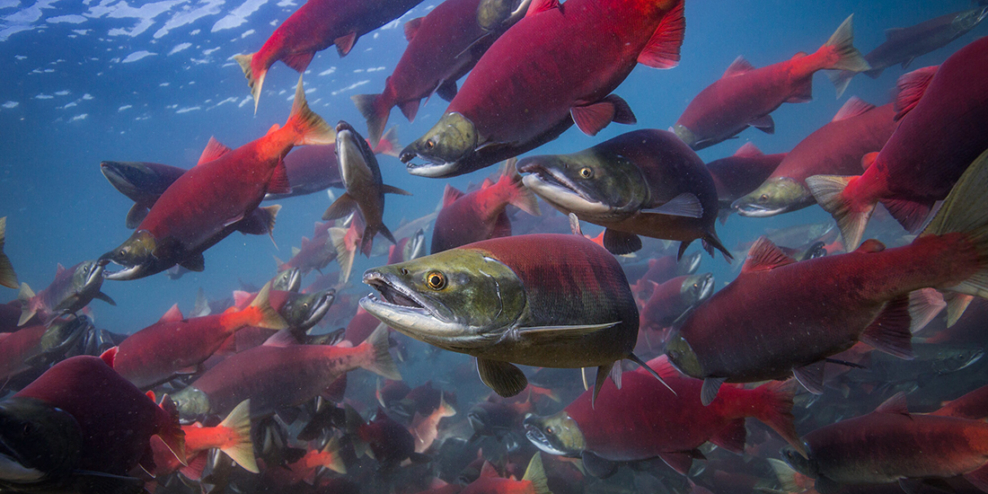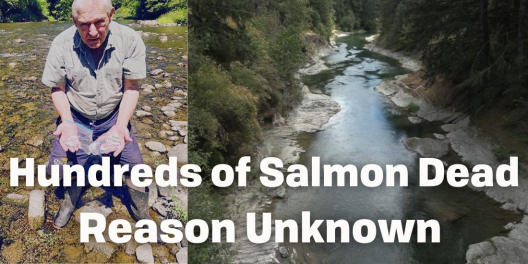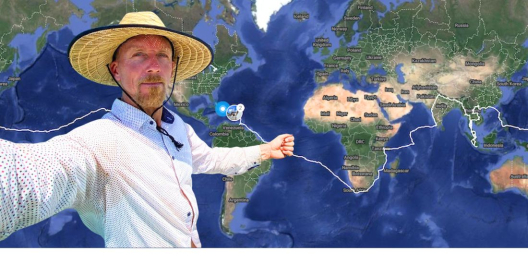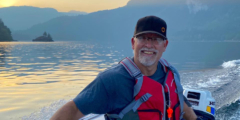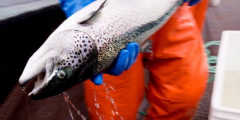Dr. Muhammed Oyinlola has thought about fish farming—a lot. As a scientist at UBC’s Institute for the Oceans and Fisheries, he studied today’s fish farming industry and where it needs to go in the future.
His research is an eye-opener for anyone who believes status quo, open-net pen fish farms are the way.
First, there’s the question of climate change.
Atlantic salmon need certain conditions to survive in the Pacific. Every time someone has tried to introduce Atlantic salmon in Pacific streams, they’ve died out. They only live when they’re farmed.
But Oyinlola predicts that warming oceans could wipe out more than 80% of coastal areas that can support Atlantic salmon farms. They’ll get too hot for the salmon to survive.
The outlook doesn’t look much better for wild Pacific salmon, either. Even the most optimistic models predict a future where Pacific salmon vanish from rivers and streams on the south coast of BC.
Then there’s the question of land-based fish farming.
Oyinlola believes it’s not “if” but “when” the industry will get out of the ocean and onto land. Why? Because the global demand for seafood is only going in one direction, and that’s up.
He says that’s good news for BC because we have two things land-based fish farms need to be sustainable—relatively clean and cheap electricity and lots of fresh water.
Finally, there’s the question of fish feed.
Fish farms in North America need wild fish from South America. Most fish feed for salmon farms comes from processed anchovies caught in massive commercial fisheries off the South American coast.
That’s a big problem. Imagine grinding up one type of fish to feed another half a world away. The environmental footprint is huge.
That’s why Oyinlola says the shift to land-based fish farming must go hand-in-hand with a shift to plant and insect-based fish feed.
Researchers have found that plant feed still needs a lot of land and water to grow soy, wheat, and other feed ingredients.
The jury is still out as to whether bugs make better fish feed than other fish.

